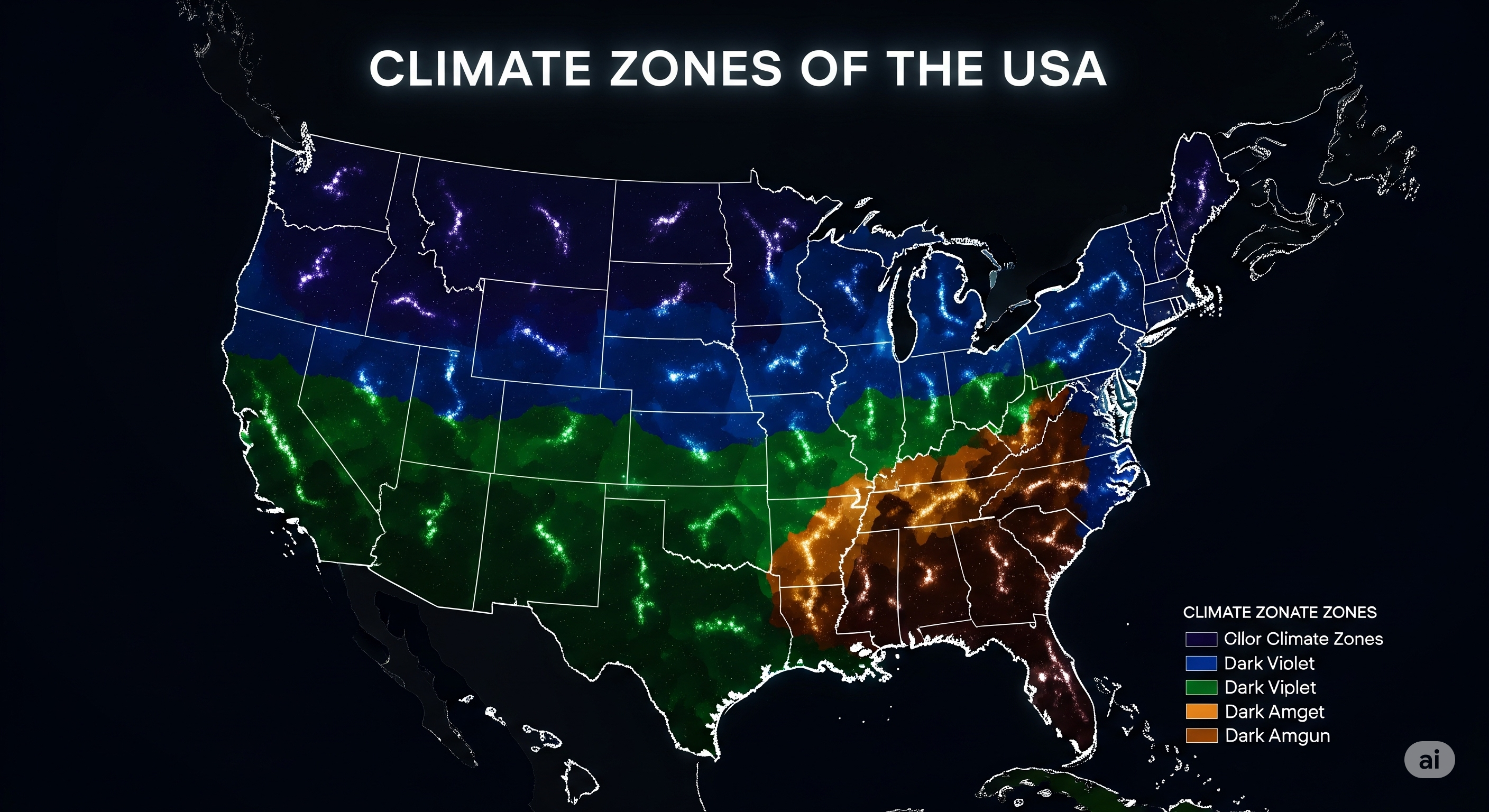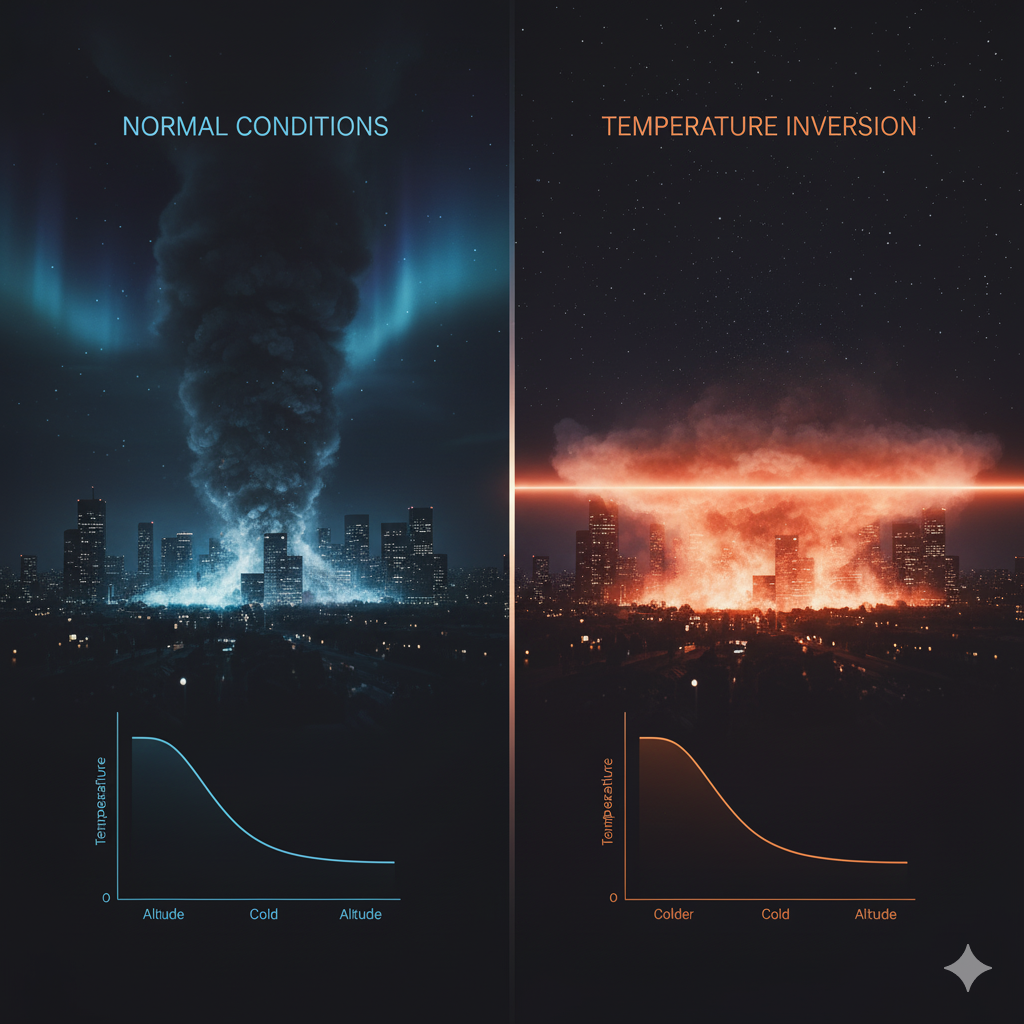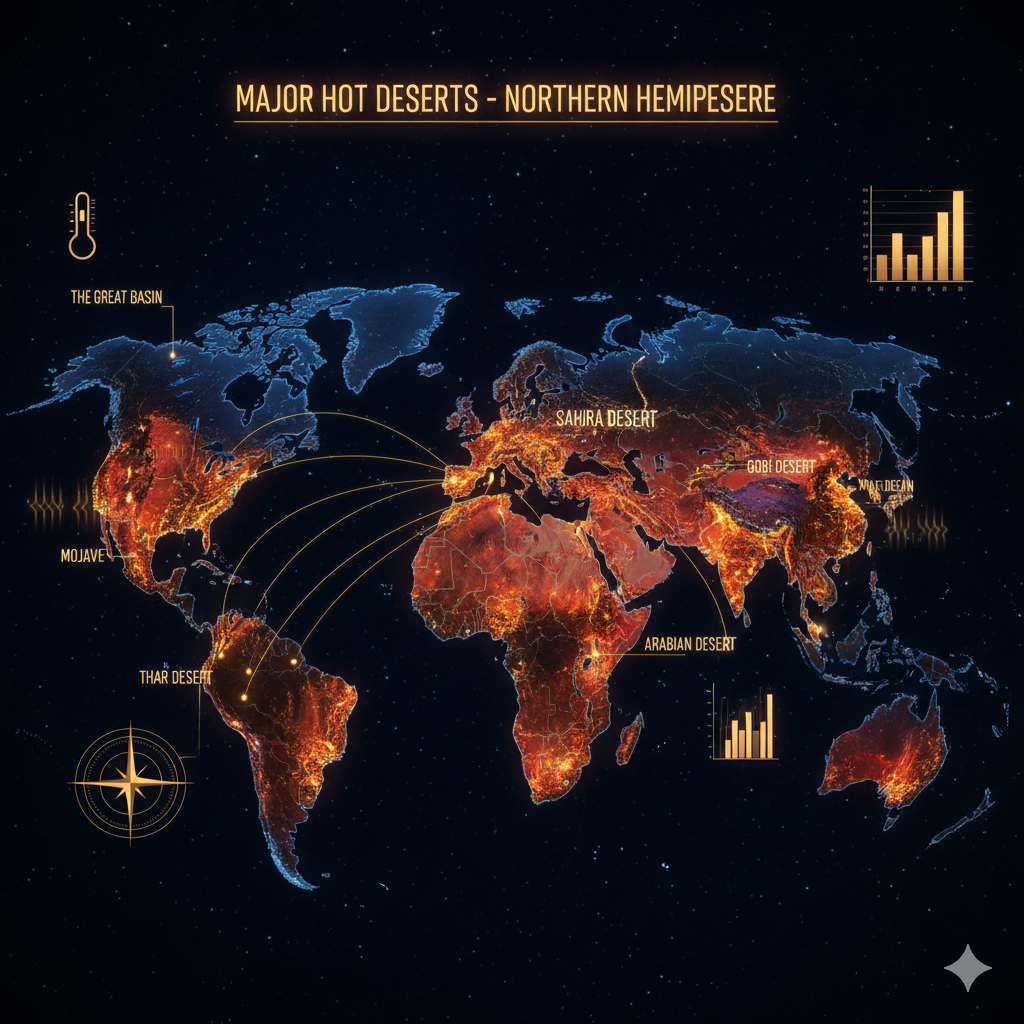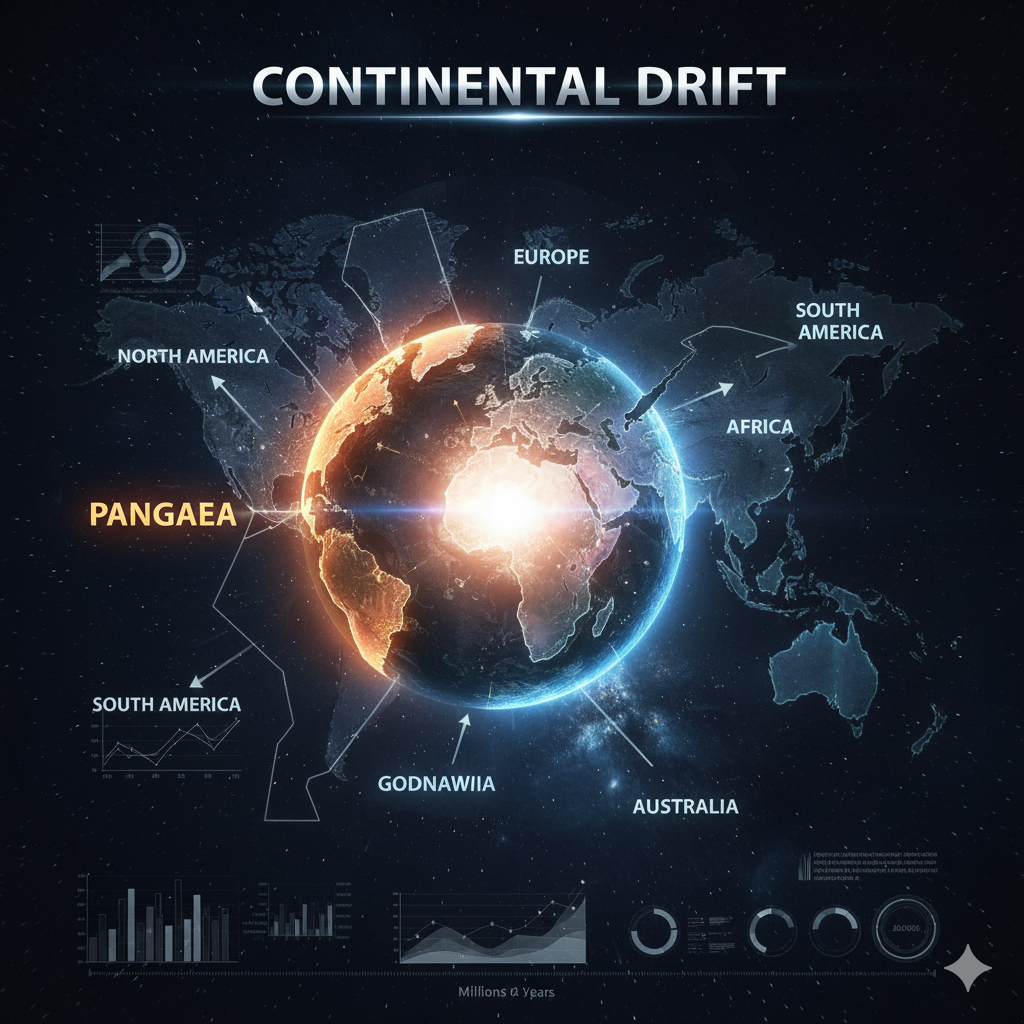Introduction
The United States of America is a vast country stretching over 4,500 kilometers from east to west and over 2,500 kilometers from north to south. This extensive geographic expanse results in diverse climate zones, ranging from the Arctic conditions of northern Alaska to the tropical warmth of southern Florida. The climate of the USA is influenced by factors such as latitude, altitude, ocean currents, mountain ranges, and prevailing winds. Understanding these climate zones is crucial for comprehending agriculture, settlement patterns, economic activities, and natural hazards across the country.
The USA’s climate diversity makes it unique among major countries. From snow-covered tundras in Alaska to arid deserts in the southwest and humid subtropical regions in the southeast, each zone supports distinct ecosystems and human lifestyles. This article explores the major climate zones of the USA, their characteristics, regional variations, and their impact on human activity.
1. Arctic and Subarctic Climate: Alaska
Overview
The northernmost parts of Alaska experience Arctic climate, characterized by extremely cold temperatures, long winters, and very short summers. South-central Alaska and interior regions have a subarctic climate with slightly milder temperatures but still long, harsh winters.
Temperature and Precipitation
- Arctic Alaska experiences average winter temperatures below −30°C in some areas, while summers are cool, rarely exceeding 10°C–15°C.
- Precipitation is low, mostly in the form of snow, averaging 150–300 mm annually.
- Subarctic areas see warmer summers, reaching 15°C–20°C, with slightly higher precipitation due to rainfall and snow.
Human Adaptation and Settlement
- Indigenous peoples like the Inupiat, Yupik, and Athabascans adapted through hunting, fishing, and use of traditional clothing and shelter.
- Modern settlements, including Anchorage and Fairbanks, rely on technology for heating, transportation, and resource management.
- Economic activities include oil extraction, mining, and fishing, requiring adaptations to extreme cold.
Environmental Significance
- Arctic and subarctic zones support tundra ecosystems, permafrost, and unique wildlife such as polar bears, caribou, and migratory birds.
- Climate change is particularly pronounced here, leading to melting permafrost, changing ecosystems, and coastal erosion.
2. Humid Continental Climate: Northern and Central USA
Overview
The humid continental climate dominates much of the northern and central USA, including states like Minnesota, Wisconsin, Michigan, New York, and parts of the Midwest. This climate zone is characterized by distinct seasons—cold winters, warm summers, and moderate precipitation.
Temperature and Precipitation
- Winters are cold, often below −10°C, with significant snowfall.
- Summers are warm to hot, ranging from 20°C–30°C.
- Annual precipitation varies from 500 mm in western areas to over 1,000 mm in eastern regions.
Regional Impact
- This climate supports corn, wheat, and soybean cultivation, making the Midwest the country’s agricultural heartland.
- Settlements developed along rivers and lakes to facilitate transportation and trade.
- Urban centers like Chicago, Minneapolis, and Detroit grew in part due to access to natural resources and favorable climate during the warmer months.
Environmental Considerations
- The humid continental zone faces severe winter storms, tornadoes, and seasonal flooding.
- Forests and freshwater ecosystems thrive here, supporting diverse flora and fauna.
3. Mediterranean and Marine West Coast Climate: California and Pacific Northwest
Mediterranean Climate (California)
- Found along coastal California, this climate is characterized by hot, dry summers and mild, wet winters.
- Annual precipitation ranges between 400–800 mm, mostly falling in winter months.
- Vegetation includes chaparral, oak woodlands, and drought-resistant plants.
Marine West Coast Climate (Pacific Northwest)
- States like Washington and Oregon experience mild temperatures year-round, with frequent rainfall and cloudy skies.
- Winters are cool (5°C–10°C) and summers are warm (15°C–25°C).
- Dense coniferous forests dominate this region, supporting a rich timber industry.
Human Adaptation
- Agriculture includes vineyards, citrus, and specialty crops in California.
- Coastal cities like San Francisco and Seattle developed with a focus on port trade, technology, and forestry.
4. Semi-Arid and Arid Climates: Southwest USA
Overview
The southwestern USA, including Arizona, Nevada, New Mexico, and parts of Texas, experiences semi-arid (steppe) and arid (desert) climates. These zones are characterized by low precipitation, high evaporation, and large temperature variations between day and night.
Temperature and Precipitation
- Summer temperatures often exceed 40°C, while winters are mild to cool.
- Precipitation is very low, ranging from 150–400 mm annually, with occasional monsoon rains in Arizona and New Mexico.
Human Adaptation
- Indigenous peoples like the Hopi and Navajo developed water-conservation techniques and agricultural terraces.
- Modern cities, including Phoenix and Las Vegas, rely on irrigation, water importation, and desert-adapted architecture.
- Renewable energy initiatives, especially solar power, are prominent due to abundant sunlight.
Environmental Concerns
- Desertification and water scarcity are pressing issues.
- Biodiversity includes cacti, desert shrubs, reptiles, and adapted mammals.
5. Humid Subtropical Climate: Southeast USA
Overview
The southeastern states, including Florida, Georgia, Louisiana, and South Carolina, experience a humid subtropical climate. It features hot, humid summers and mild winters, with abundant rainfall throughout the year.
Temperature and Precipitation
- Summer temperatures range from 25°C–35°C, while winters rarely fall below 0°C.
- Annual rainfall is substantial, between 1,200–1,800 mm, often with summer thunderstorms and occasional hurricanes.
Human Adaptation
- Agriculture is intensive, supporting crops like cotton, sugarcane, citrus fruits, and rice.
- Urban areas such as Atlanta, Miami, and New Orleans thrive due to navigable rivers and ports.
- Modern infrastructure is designed to withstand tropical storms and hurricanes.
Environmental Significance
- Rich in wetlands, swamps, and subtropical forests, the region supports diverse wildlife including alligators, wading birds, and numerous amphibians.
- Coastal zones face sea-level rise, storm surges, and habitat loss.
6. Mountain Climate: Rockies, Sierra Nevada, and Appalachians
Overview
High-altitude regions in the Rocky Mountains, Sierra Nevada, and Appalachian Mountains experience mountain or alpine climates, characterized by cooler temperatures, heavy snowfall, and rapid weather changes.
Temperature and Precipitation
- Temperatures decrease with elevation by approximately 6.5°C per 1,000 meters.
- Snowfall is heavy in the Rockies and Sierra Nevada, supporting rivers and hydroelectric power.
- Precipitation patterns are influenced by orographic lifting, where moist air rises over mountains and releases moisture.
Human Adaptation
- Alpine settlements focus on tourism, skiing, mining, and forestry.
- High-altitude farming is limited but includes potatoes, barley, and cattle grazing.
- Mountain ranges also act as natural corridors for transportation and settlement planning.
7. Tropical Climate: Florida and Southernmost Territories
Overview
Southern Florida and the Florida Keys experience a tropical climate, with warm temperatures year-round and distinct wet and dry seasons.
Temperature and Precipitation
- Temperatures rarely fall below 20°C.
- Rainfall exceeds 1,400–1,600 mm annually, mainly during summer thunderstorms and hurricane season.
Human Adaptation
- Agriculture thrives with citrus, sugarcane, and tropical fruits.
- Tourism and urban development are adapted to hurricanes and flooding, with elevated construction and storm-resistant infrastructure.
Environmental Significance
- Home to unique ecosystems such as the Everglades, mangroves, and coral reefs.
- Vulnerable to sea-level rise, storm surges, and saltwater intrusion.
8. Climate Influence on Agriculture, Industry, and Settlement
Agriculture
- Humid continental and subtropical zones are fertile for crops and livestock.
- Arid regions rely on irrigation for crops like cotton, wheat, and vegetables.
- Tropical regions support citrus, sugarcane, and exotic fruits.
Industry
- Cold northern climates encouraged forestry, mining, and energy industries.
- Coastal zones enabled shipping, tourism, and port development.
- Desert regions are increasingly harnessing solar energy and mining.
Settlement Patterns
- Climate influenced early colonization patterns:
- Mild, fertile areas supported large settlements.
- Harsh arid or cold zones had sparse populations.
- Modern technology allows habitation in previously inhospitable areas, like Phoenix, Las Vegas, and Anchorage.
9. Challenges of Climate Diversity
- Extreme weather events: Tornadoes, hurricanes, blizzards, and heatwaves occur in different zones.
- Water scarcity: Desert and semi-arid zones face chronic shortages.
- Climate change: Rising temperatures, altered precipitation, and sea-level rise affect agriculture, ecosystems, and settlements.
- Ecosystem protection: Diverse climates host unique flora and fauna, requiring careful management.
Conclusion
The United States is a country of remarkable climatic diversity, ranging from Arctic Alaska to tropical Florida. This diversity shapes its ecosystems, agriculture, settlements, industry, and lifestyle. Each climate zone presents unique opportunities and challenges. From snow-covered tundras and fertile Midwest plains to arid deserts, humid subtropical regions, and tropical wetlands, the USA’s climate directly influences human survival and economic activity.
Understanding these climate zones is crucial for environmental management, urban planning, disaster preparedness, and sustainable development. The varied climates of the USA are not just geographical features—they are the foundation upon which the country’s natural wealth, cultural diversity, and economic strength are built.




